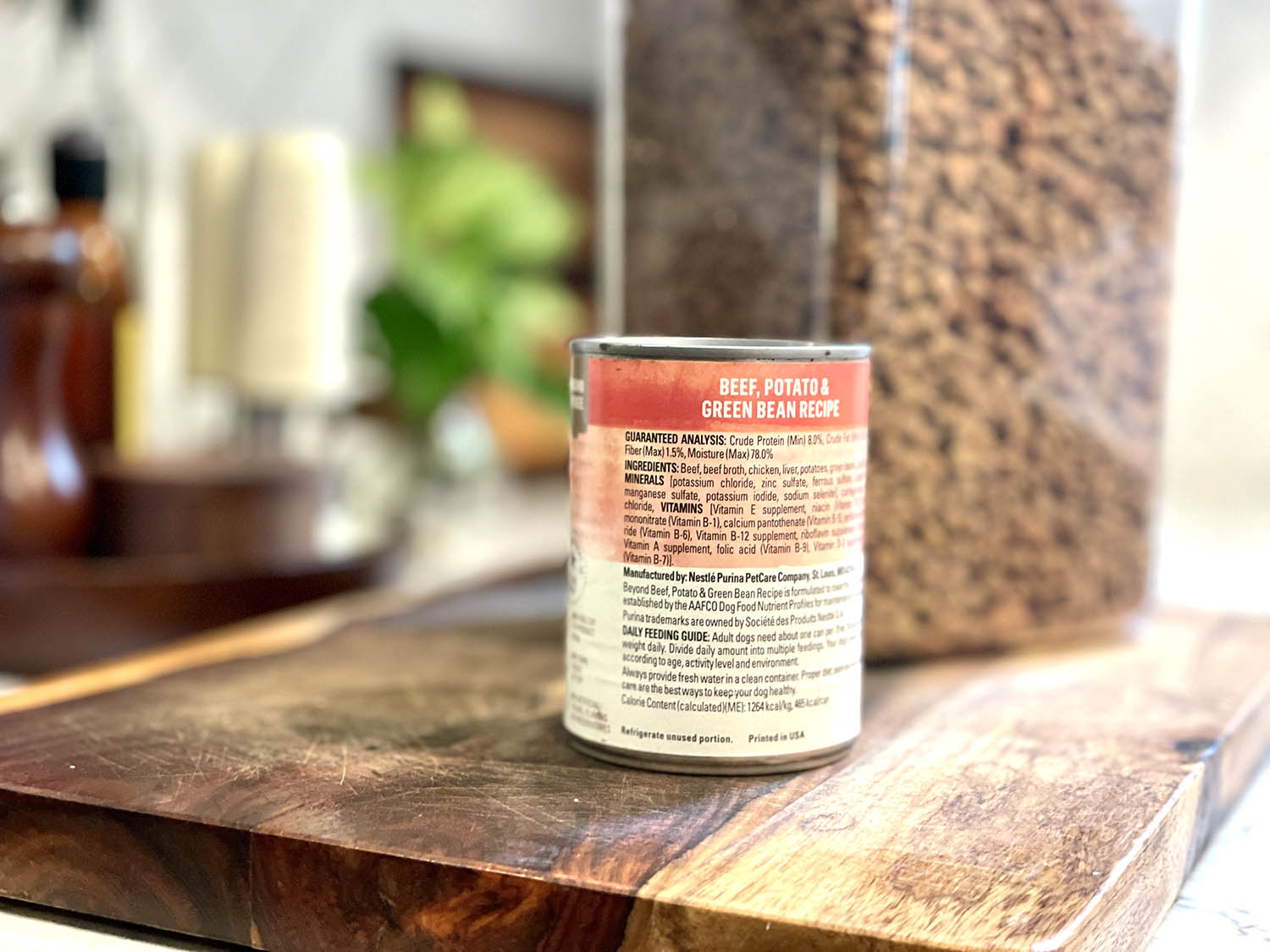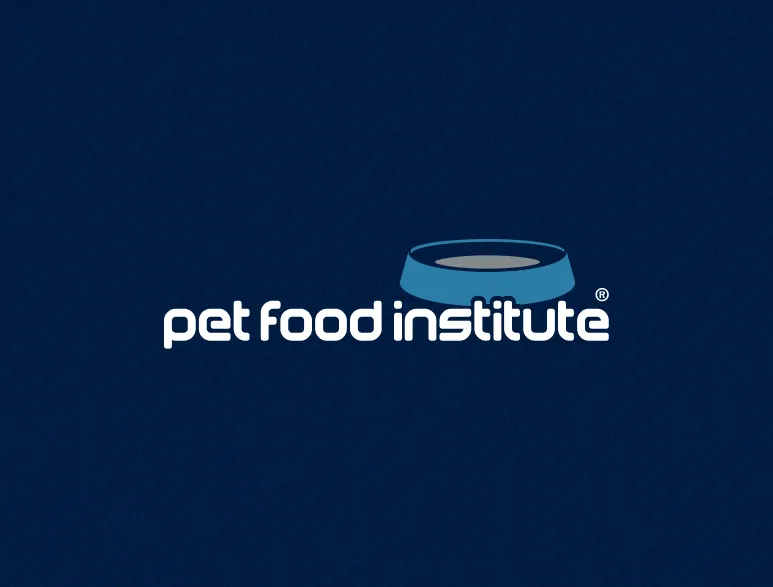Healthy fats, oils, and Omegas have been a hot topic in human health for years, praised for their role in brain function, heart health, and reducing inflammation. From fish oil capsules to cooking oils to fresh whole foods, many people have made a conscious effort to include beneficial fats in their diets. This has translated to many pet parents finding themselves considering the oils and Omegas in their pets’ food and supplements, wondering what might be best for their dog or cat.
What are Omegas?
Omega fatty acids are an important component of dietary fats, or oils, that can have a number of benefits for dogs and cats. Certain fatty acids, such as linoleic acid (an Omega-6) and docosahexaenoic acid (DHA, an Omega-3), are considered essential because dogs and cats cannot synthesize them in sufficient quantities to meet their physiological needs. Therefore, these fatty acids must be obtained through the diet. Other Omegas, like Omega-9s, are not essential because pets can synthesize them internally. While Omega fatty acids play a role in maintaining overall health, their primary benefits include managing inflammation, supporting heart function, and promoting skin and coat health.
What are the sources of Omegas?
Omega fatty acids are found in various oils and fats. Some of the most well-known sources of Omega-3s are marine oils, like fish oils or microalgae oil, which provide direct sources of EPA and DHA. Plant-based oils like flaxseed oil contain alpha-linolenic acid (ALA), a precursor to EPA and DHA, though dogs and cats convert ALA inefficiently. Omega-6s are abundant in chicken fat and plant-based oils such as safflower and sunflower oil. There are also a number of pet supplements on the market that combine several oils to provide all of the Omega fatty acids in a convenient format, like a liquid or a chew.
What are the benefits of Omegas?
Each of the Omega fatty acids has unique benefits, and they all work together in delicate balance to support whole body health. Omega-3s promote healing and tissue repair, support nerve and brain protection and joint health, and help mitigate excessive immune response. Omega-6s like linoleic acid are vital for production of ceramide, which reduces dander, and formation of cell membranes. In the right ratio, Omega-3s and certain Omega-6s work in tandem to incite a proper immune response that identifies damage, heals it, and recedes when its job is done – this is how the Omegas work together to promote skin and coat health.
Does my pet need more Omegas in their diet?
It’s important to note that true deficiencies in fat and fatty acids are rare, since commercial pet foods must meet nutritional guidelines in order to be labeled as “complete and balanced”. However, once the minimum amount is met, dog and cat foods can vary widely in their fatty acid content based on a number of factors including total fat content and fat sources. Omega fatty acids may help with a number of issues your pet might face, like dry and itchy skin or joint stiffness. It’s always a good idea to check with your veterinarian to determine if changing your pet’s food or adding a supplement like an oil is a good plan for your pet as an individual. Choosing a high-quality source of Omega-3s and ensuring a balanced ratio of Omega-6s can optimize the health benefits without causing unintended imbalances in the diet.
References:
Scarlett Burron, Taylor Richards, Giovane Krebs, Luciano Trevizan, Alexandra Rankovic, Samantha Hartwig, Wendy Pearson, David W L Ma, Anna K Shoveller, The balance of n-6 and n-3 fatty acids in canine, feline, and equine nutrition: exploring sources and the significance of alpha-linolenic acid, Journal of Animal Science, Volume 102, 2024, skae143, https://doi.org/10.1093/jas/skae143
Sakai C, Ishida M, Ohba H, Yamashita H, Uchida H, et al. (2017) Fish oil omega-3 polyunsaturated fatty acids attenuate oxidative stress-induced DNA damage in vascular endothelial cells. PLOS ONE 12(11): e0187934. https://doi.org/10.1371/journal.pone.0187934
Mostofsky, D. I., Yehuda, S., & Salem, N. (2001). Fatty acids : physiological and behavioral functions. Humana Press.
Lascelles, B.D.X., DePuy, V., Thomson, A., Hansen, B., Marcellin-Little, D.J., Biourge, V. and Bauer, J.E. (2010), Evaluation of a Therapeutic Diet for Feline Degenerative Joint Disease. Journal of Veterinary Internal Medicine, 24: 487-495. https://doi.org/10.1111/j.1939-1676.2010.0495.x
VAUGHN, D.M., REINHART, G.A., SWAIM, S.F., LAUTEN, S.D., GARNER, C.A., BOUDREAUX, M.K., SPANO, J.S., HOFFMAN, C.E. and CONNER, B. (1994), Evaluation of Effects of Dietary n-6 to n-3 Fatty Acid Ratios on Leukotriene B Synthesis in Dog Skin and Neutrophils. Veterinary Dermatology, 5: 163-173. https://doi.org/10.1111/j.1365-3164.1994.tb00028.x
Rosemary C. Wander, Jean A. Hall, Joseph L. Gradin, Shi-Hua Du, Dennis E. Jewell, The Ratio of Dietary (n-6) to (n-3) Fatty Acids Influences Immune System Function, Eicosanoid Metabolism, Lipid Peroxidation and Vitamin E Status in Aged Dogs, The Journal of Nutrition, Volume 127, Issue 6, 1997, Pages 1198-1205, ISSN 0022-3166, https://doi.org/10.1093/jn/127.6.1198.
Medeiros-de-Moraes IM, Gonçalves-de-Albuquerque CF, Kurz ARM, Oliveira FMJ, de Abreu VHP, Torres RC, Carvalho VF, Estato V, Bozza PT, Sperandio M, de Castro-Faria-Neto HC, Silva AR. Omega-9 Oleic Acid, the Main Compound of Olive Oil, Mitigates Inflammation during Experimental Sepsis. Oxid Med Cell Longev. 2018 Nov 13;2018:6053492. doi: 10.1155/2018/6053492. PMID: 30538802; PMCID: PMC6260523.
Omer M, Ali H, Orlovskaya N, Ballesteros A, Cheong VS, Martyniak K, Wei F, Collins BE, Yarmolenko SN, Asiatico J, Kinzel M, Ngo C, Sankar J, Calder A, Gilbertson T, Meckmongkol T, Ghosh R, Coathup M. Omega-9 Modifies Viscoelasticity and Augments Bone Strength and Architecture in a High-Fat Diet-Fed Murine Model. Nutrients. 2022 Jul 31;14(15):3165. doi: 10.3390/nu14153165. PMID: 35956341; PMCID: PMC9370223.
Lenox, C. E. (2015). Timely Topics in Nutrition: An overview of fatty acids in companion animal medicine. Journal of the American Veterinary Medical Association, 246(11), 1198-1202. Retrieved Mar 7, 2025, from https://doi.org/10.2460/javma.246.11.1198
K. R. Kerr, B. M. Vester Boler, C. L. Morris, K. J. Liu, K. S. Swanson, Apparent total tract energy and macronutrient digestibility and fecal fermentative end-product concentrations of domestic cats fed extruded, beef-based, and cooked beef-based diets, Journal of Animal Science, Volume 90, Issue 2, February 2012, Pages 515–522, https://doi.org/10.2527/jas.2010-3266



